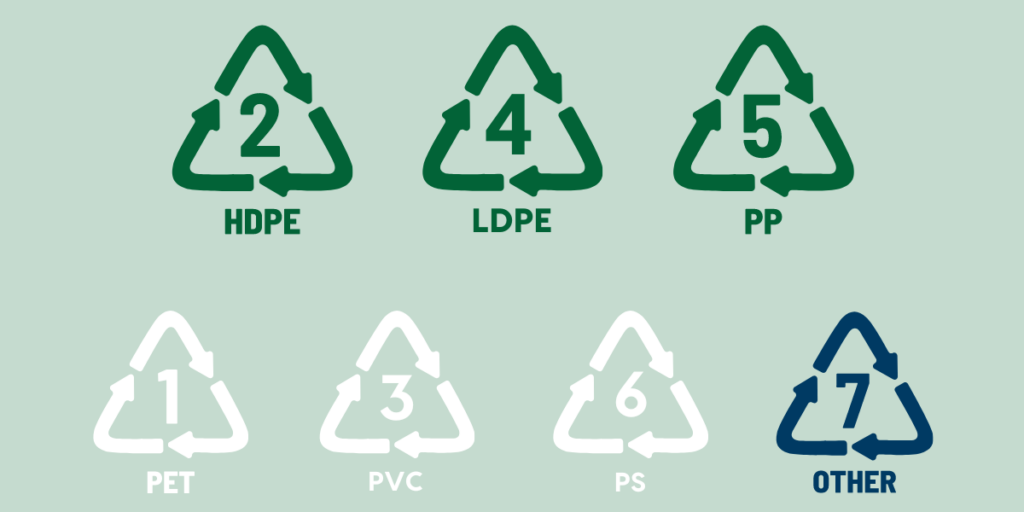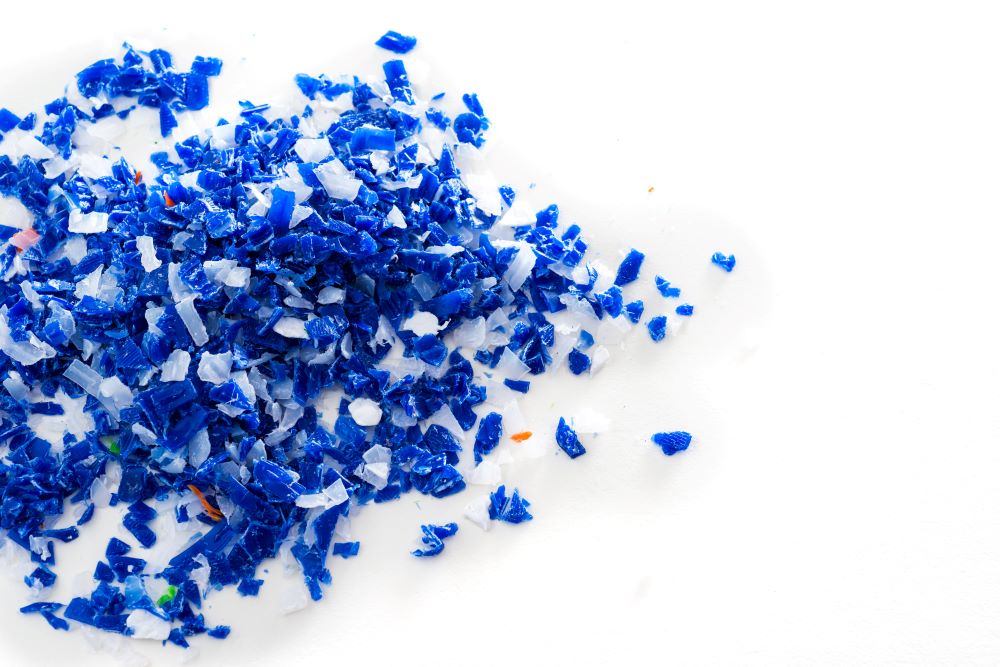Plastic recycling has come under fire in recent years due to the collapse of single-stream, post-consumer recycling programs. Things have gotten so bad that anti-plastic activists have resorted to accusing the plastics industry of stealing the recycling symbol and purposely fooling consumers about recycling with the use of those little numbers stamped on plastic products.
Did you know those plastic numbers were originally not meant for curbside recycling programs? Their original intent was to make it easier for industrial plastic recyclers to know the materials they were working with. The numbers got picked up by manufacturers when local communities began instituting municipal recycling programs. Their use is by no means deceptive. The numbers only identify different types of plastics.
Dozens of Plastic Types and Subtypes

Plastic isn’t a single material with uniform properties across the entire spectrum. There are dozens of types of plastic, each with its unique properties. Among those types are numerous subtypes modified to meet manufacturer specifications. So what are the numbers for?
The numbers refer to what are known as resin identification codes (RICs). They indicate the type of plastic resin that was used to make the product in question. When the numbers were first developed in 1988, there were only six codes (1-6) designating the most commonly used resins. The number 7 code was introduced later on to account for smaller volumes of plastics that were made with resins not belonging to any of the six original categories.
As for incorporating RICs with the three-arrow recycling symbol, the plastics industry did not steal the symbol or hijack it to mislead the public. If anyone is guilty of that crime, it would be the municipal recycling advocates who pushed hard for single-stream curbside recycling.
Industrial Plastic Recycling
Before there were municipal curbside recycling programs, companies like Tennessee’s Seraphim Plastics were successfully recycling post-industrial plastic scrap. Industrial recyclers did back then what they continue doing today: buying industrial scrap plastic and turning it into a reusable material via mechanical recycling processes.
Industrial recyclers must know exactly what material they are dealing with so that they do not mix different types of plastics as they process waste. That’s the very reason the numbers were introduced. Industrial recyclers wanted an easy way to identify plastic types so there would be no question about keeping the processes for each one separate.

The System Works Well
If you go online and look up RICs today, you’ll find no shortage of articles exclaiming how the numbers and recycling symbols have helped to promote the myth that every piece of plastic thrown into a curbside recycling bin gets recycled. But most of those articles are written by people who either don’t understand plastic recycling or simply advocate for banning plastic altogether.
The system was originally intended to help post-industrial plastic recyclers. It works extremely well when used as intended. For instance, Seraphim Plastics can quickly glance at a load of plastic waste and know immediately what they are dealing with.
Unfortunately, the system is largely meaningless in single-stream, municipal recycling due to the nature of the single-stream concept itself. But the fact that single-stream recycling has proven a failure is not the fault of the plastics industry. What is done in post-industrial plastic recycling could be done with post-consumer plastics if consumers were willing to make it happen. We aren’t, which is why post-consumer plastic recycling has not lived up to all of the promises made so many decades ago.
